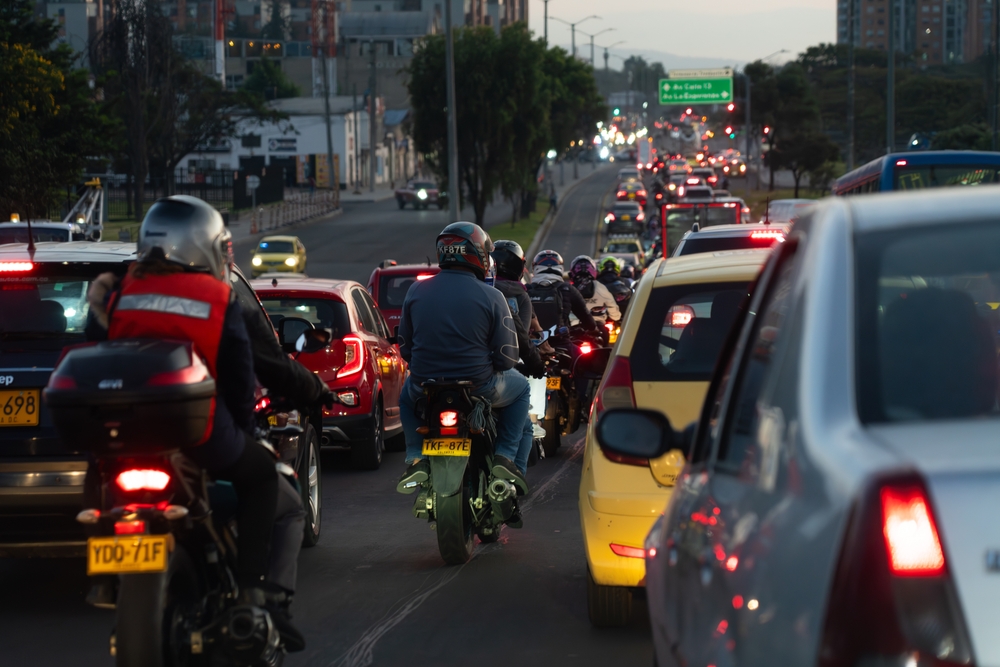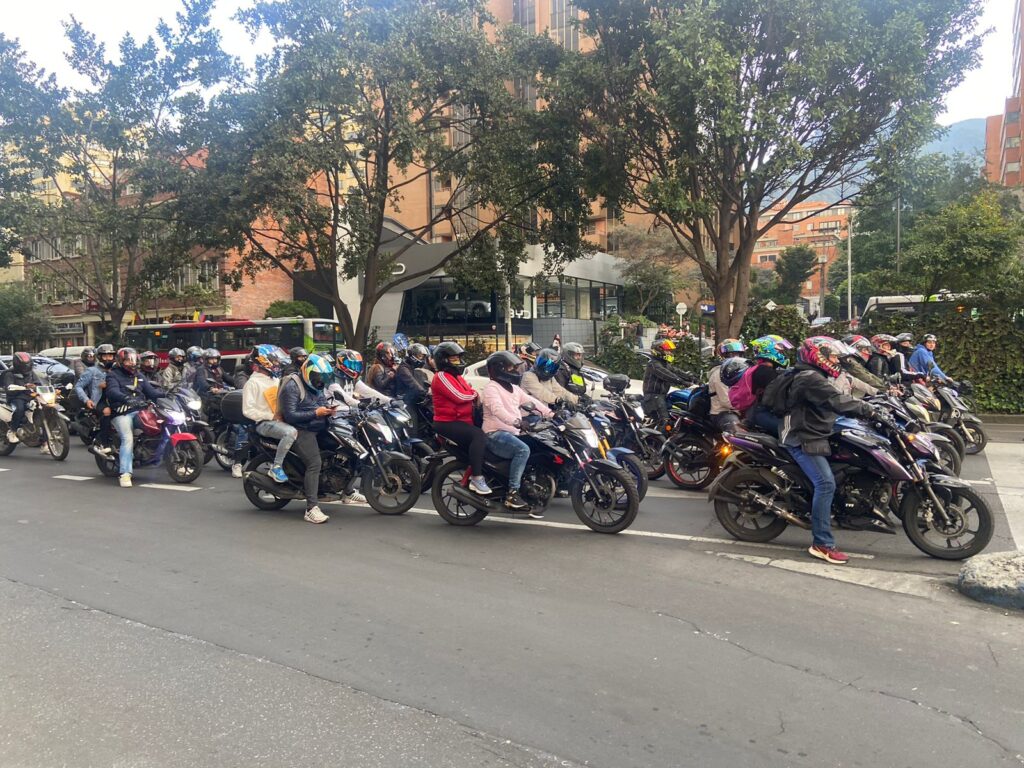Every year, motorcyclists make up almost a third of the 1.19 million global road traffic deaths. That’s nearly 45 lives lost every hour. Unlike car occupants, motorcyclists are inherently vulnerable in road traffic crashes due to factors such as speed, lack of protective gear and visibility issues.
Notably, the use of motorcycles is rapidly growing around the world. From 2011 to 2020, the number of powered two- and three-wheelers increased by 175%. In Vietnam, for example, where the affordability of motorcycles makes them the common mode of transport, motorcycles make up more than 90% of all vehicles and are involved in over 60% of road crashes.
However, with stronger road safety systems in place, these lives can be saved. That’s why Vital Strategies partnered with governments and leading transport and research agencies in Argentina, Colombia and Vietnam to conduct in-depth formative studies with motorcyclists. These studies aimed to understand riders’ knowledge, perceived risks, attitudes, behaviors and social norms related to speeding, helmet use, drink driving and other risk factors. The studies also explored perceptions of traffic enforcement, as well as the types of public safety messages that could be most influential and the messengers best positioned to deliver them.

Using a mix of focus group discussions and surveys, the studies gathered insights from nearly 700 motorcyclists over four months and across eight major cities, including Buenos Aires, Bogotá, Hanoi and Ho Chi Minh City. Participants ranged from everyday commuters to delivery drivers, primarily aged 18 to 49. Findings revealed that while riders generally recognize the dangers of motorcycling, many still take risks due to overconfidence, convenience, social norms and gaps in enforcement.
In Colombia, 85% of participants said they chose motorcycles to avoid traffic congestion, 76% to bypass public transportation, and 73% to save money.
“I was tired of being late for work and waiting for buses that either came late or were full. So, the motorcycle was a solution—first for saving time and second for being more economical.” – Delivery worker in Bogotá, Colombia
None of the participants in Argentina believed riding was risk-free, yet risk was tolerated.
“I know it’s my body on the line, and if anything happens, that’s it. So yeah, I’m a bit nervous, but I still ride.” – Private user in Buenos Aires, Argentina
Over 40% of the Vietnam participants had been involved in traffic crashes.
In Vietnam and Argentina, research showed that while riders acknowledged the risks associated with speeding, they were often unaware of the actual speed limits on different types of roads. Young riders and delivery service workers widely accepted speeding, acknowledging that slightly exceeding speed limits was tolerable.
Nearly all participants viewed helmet use as a fundamental safety measure and a common practice among motorcyclists, though some admitted to occasionally forgoing it on short trips.

Understanding motorcyclists’ behavior can help road safety stakeholders design comprehensive strategies that address contributing factors more effectively. This includes safe infrastructure, best-practice traffic laws and enforcement supported by mass media campaigns to prevent crashes and save lives.
For example, 83% of the Colombian respondents saw enforcement, particularly cameras, as revenue-driven rather than safety-focused. Public perceptions should be considered when planning future mass media campaigns and enforcement efforts that can foster public trust and promote lasting behavior change.
Safety initiatives need to not only urge people not to engage in risky behaviors like speeding but also reshape the road safety narrative and create conditions that make slowing down the norm.
The findings across all three countries recommend integrating things people do or traits they show that help explain their behavior when collecting data, combining sustained media campaigns with enforcement, improving infrastructure and public transport, and fostering inclusive messaging like “We all share the road” to promote collective responsibility.
With the right mix of policies, communication and evidence-based interventions, countless crashes involving motorcyclists can be prevented and lives can be saved. By grounding these strategies in behavioral insights—understanding why motorcyclists make the decisions they do—public health organizations can design interventions that effectively shift behaviors, making roads safer for everyone.
Read Vital’s motorcyclist formative studies and recommendations for effective mass media campaigns.